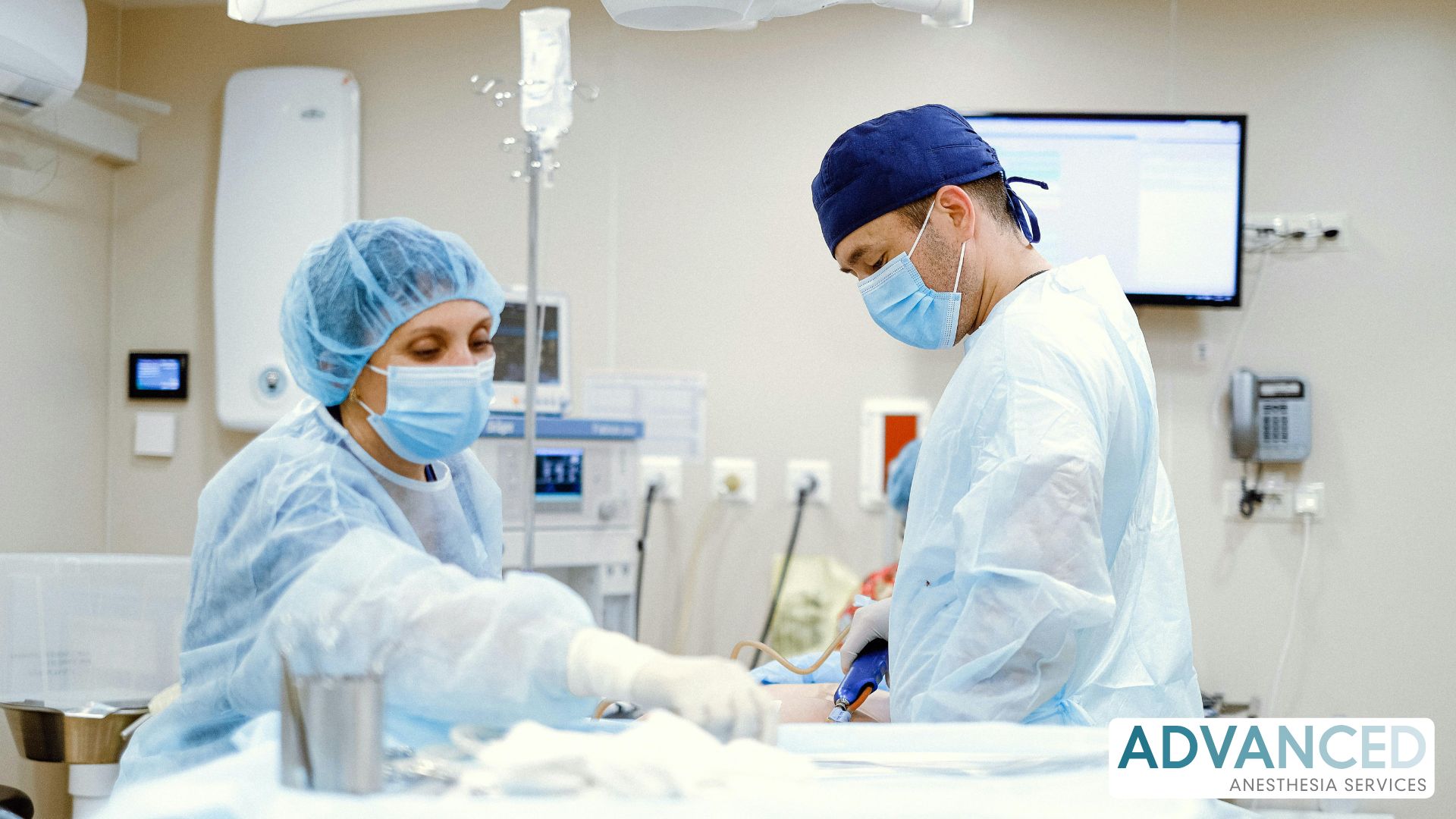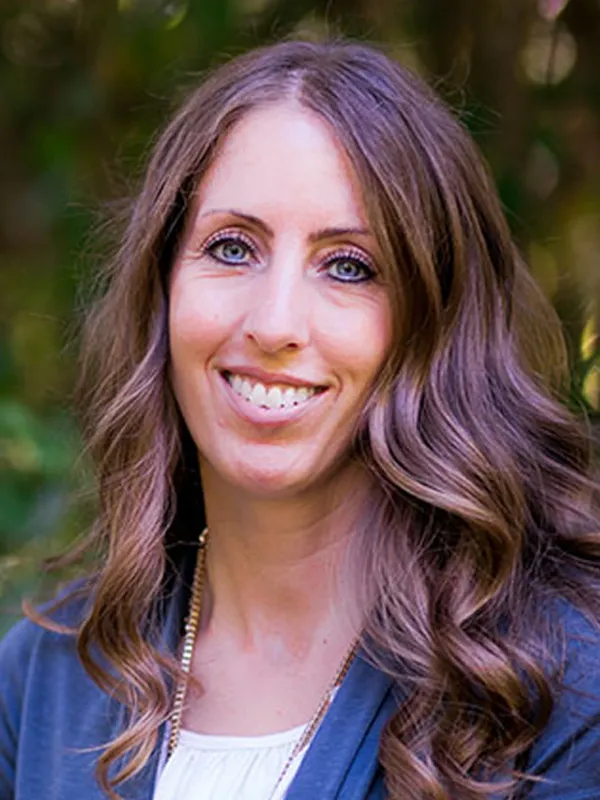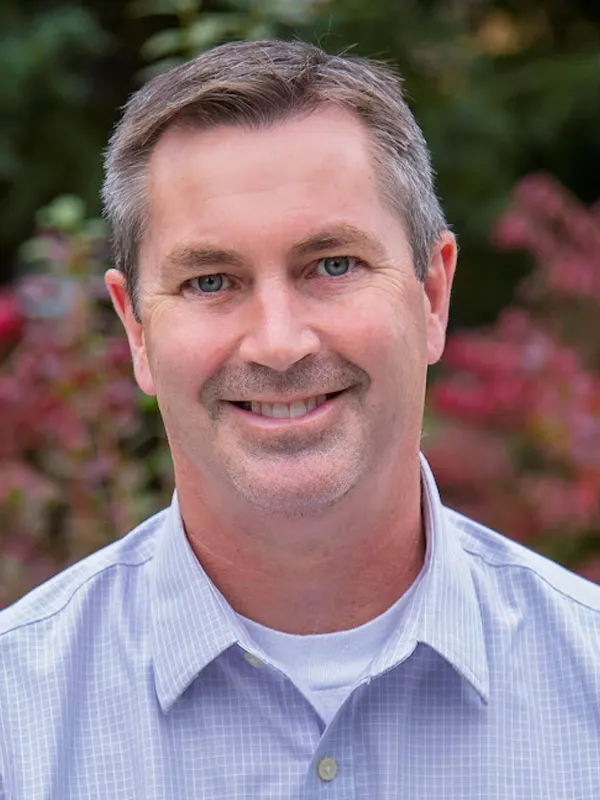
Across the country, the way anesthesia is delivered is undergoing a transformation. Hospitals, surgical centers, and outpatient clinics are taking a closer look at how their anesthesia teams are structured to better address rising patient volumes, staffing shortages, and the demand for cost-effective, high-quality care. As these care models continue to evolve, it is important for providers and administrators alike to understand the differences and what they mean for patient safety, efficiency, and the future of clinical practice.
What Are the Most Common Anesthesia Care Models?
Anesthesia Care Team Model
This approach involves a physician anesthesiologist supervising a team that includes certified registered nurse anesthetists or anesthesiologist assistants. Depending on state regulations and facility policies, the physician may oversee several operating rooms at once. This model relies heavily on teamwork and structured communication but may come with increased labor costs and regulatory requirements.
CRNA-Only Model
In this model, CRNAs provide independent anesthesia services without the direct supervision of a physician. This approach is common in rural and underserved areas and is expanding into outpatient centers and ambulatory surgery centers. Studies have consistently shown that CRNA-only models are both safe and cost-effective, especially when addressing access gaps caused by physician shortages.
Medical Direction Model
Under medical direction, the physician anesthesiologist plays a more hands-on role throughout the patient’s care. They are directly involved in preoperative assessments, anesthesia induction, emergence, and postoperative evaluations. This model usually requires a lower ratio of CRNAs to physicians and can reduce the number of rooms covered by a single team, which may affect scheduling and staffing efficiency.
Why Are Healthcare Systems Re-evaluating These Models?
Several key factors are driving the national conversation around anesthesia care models:
How These Models Impact Workflow and Staffing
Changes in anesthesia delivery affect more than just who administers medications, they can reshape entire workflows and staffing patterns.
Increased Autonomy for CRNAs
In models that support independent CRNA practice, providers have the ability to lead the anesthetic plan from start to finish. This level of responsibility often results in stronger team collaboration, quicker decision-making, and greater professional fulfillment.
Flexible Staffing Solutions
Facilities may choose to run more operating rooms with fewer supervising physicians by transitioning to a CRNA-led or collaborative model. This structure can be especially effective in lower-acuity or high-volume surgical environments.
Evolving Administrative Roles
Shifting to a new care model may require changes in leadership structure, coverage planning, and staff education. Ensuring consistency in documentation, compliance, and performance metrics becomes increasingly important in these transitions.
Training and Onboarding Adjustments
New models may necessitate updated onboarding processes, clinical protocols, and performance benchmarks. Regular training sessions and cross-functional communication can help ensure smooth implementation and high-quality patient outcomes.
Looking Ahead
The future of anesthesia is not one-size-fits-all. Instead, it will likely involve flexible, hybrid care models tailored to the unique needs of each facility and patient population. Whether it is CRNA-only coverage in a rural hospital or a collaborative approach in a busy urban center, the key is staying adaptive, informed, and committed to safety and efficiency.
At Advanced Anesthesia Services, we are proud to support modern anesthesia care models that work, for patients, providers, and facilities. We believe in the power of collaboration and data-driven decision-making to shape the future of our profession.
Interested in learning more or working with us? Reach out to our team today here, we’re growing and looking for like-minded professionals who value quality, teamwork, and forward-thinking care.

